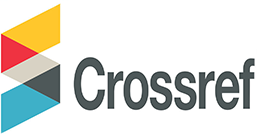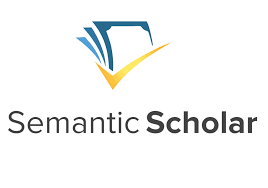Digital Language Trends: How Technology is Shaping Multilingualism
DOI:
https://doi.org/10.69760/aghel.024052Keywords:
multilingualism, language technology, digital communication, language preservation, machine translationAbstract
The rapid advancement of digital technology has fundamentally reshaped multilingualism, transforming language learning, communication, and cultural exchange. This study examines the influence of digital language tools, such as language learning apps, machine translation, and AI-driven chatbots, in making language acquisition more accessible and engaging. Social media platforms have become key arenas for multilingual interactions, facilitating global cultural exchange but also contributing to the dominance of widely spoken languages like English. Efforts to revitalize minority and endangered languages through digital initiatives are gaining momentum, although challenges such as resource scarcity and the digital divide remain significant. The article also explores the potential of emerging technologies, including VR and neural language models, in shaping the future of language use. While technology presents opportunities for promoting linguistic diversity, mindful and inclusive development is crucial to prevent further marginalization of less widely spoken languages.
Downloads
Published
Issue
Section
License
Copyright (c) 2024 Acta Globalis Humanitatis et Linguarum

This work is licensed under a Creative Commons Attribution-NonCommercial-NoDerivatives 4.0 International License.







